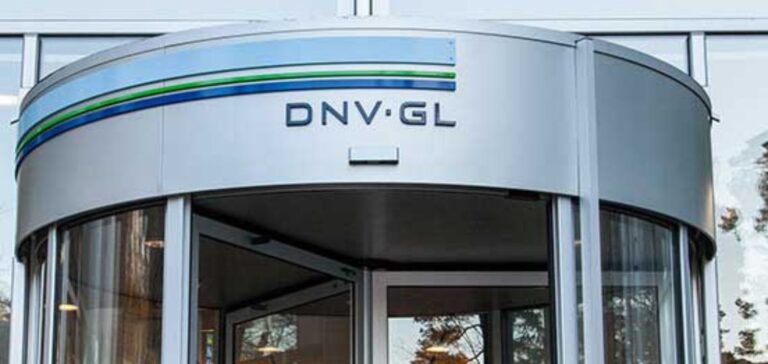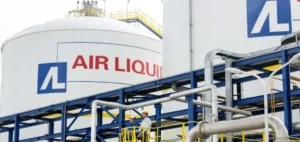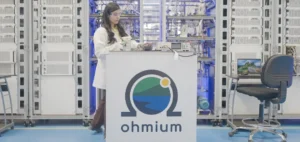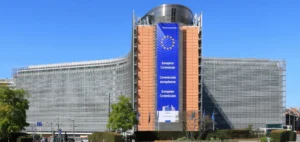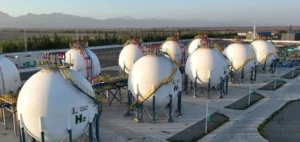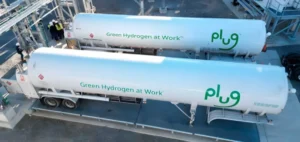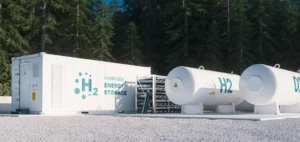Green hydrogen in Egypt is at the heart of the Memorandum of Understanding (MoU) signed between DNV and PETROJET. The latter aims to strengthen their collaboration for the energy transition in Egypt by developing green energies such as hydrogen and its derivatives, including ammonia. In addition, this partnership will allow PETROJET, one of the region’s leading engineering, procurement and construction (EPC) contractors, to play a leading role as a green hydrogen EPC contractor.
DNV provides technical expertise on green hydrogen
DNV will provide technical expertise in design verification and project assurance to support PETROJET in its renewable energy generation and energy storage projects. In addition, the agreement includes engineering studies for natural gas and hydrogen/natural gas infrastructure, as well as other technical services for CO2 or low-carbon hydrogen projects.
Signing of the agreement during the Egypt Petroleum Show
The signing of this agreement took place during the Egypt Petroleum Show (EGYPS 2023) in the presence of HE Tarek El-Molla, Minister of Petroleum and Mineral Resources, and HE Hilde Klemetsdal, Ambassador of Norway. PETROJET’s Chairman and CEO, Waleed lotfy Hamed, and DNV’s Vice President and Regional Director for North Africa, Hisham El-Grawany, signed the Memorandum of Understanding (MoU) for the development of green hydrogen in Egypt.
In other words, DNV’s support for the energy transition also aligns with the Paris Agreement commitment and the emergence of a robust hydrogen economy. Scaling up green hydrogen is critical for hard-to-mitigate sectors looking for low-carbon solutions to reach Net Zero before 2050.
Egypt, an important potential for the profitable production of green hydrogen
Egypt has great potential for the cost-effective production of green hydrogen and its derivatives. Indeed, the region is poised to become a key global supplier in the emerging global hydrogen market and is expected to be the largest exporter of pure hydrogen to Europe. In addition, investments in this area have unveiled projects with a combined production capacity of 2.1 million tons per year (Mt/yr), representing more than $100 billion, of which about 70% is related to the COP 27 last November.
Egypt is taking serious steps toward green hydrogen and diversifying energy sources as a strategy for economic growth. It has some of the largest renewable energy programs in the region and has delayed its 42% renewable energy goal to 2030 (5 years earlier than originally planned). With these investments, the country is emerging as a hub for low-carbon LNG and green ammonia exports.


